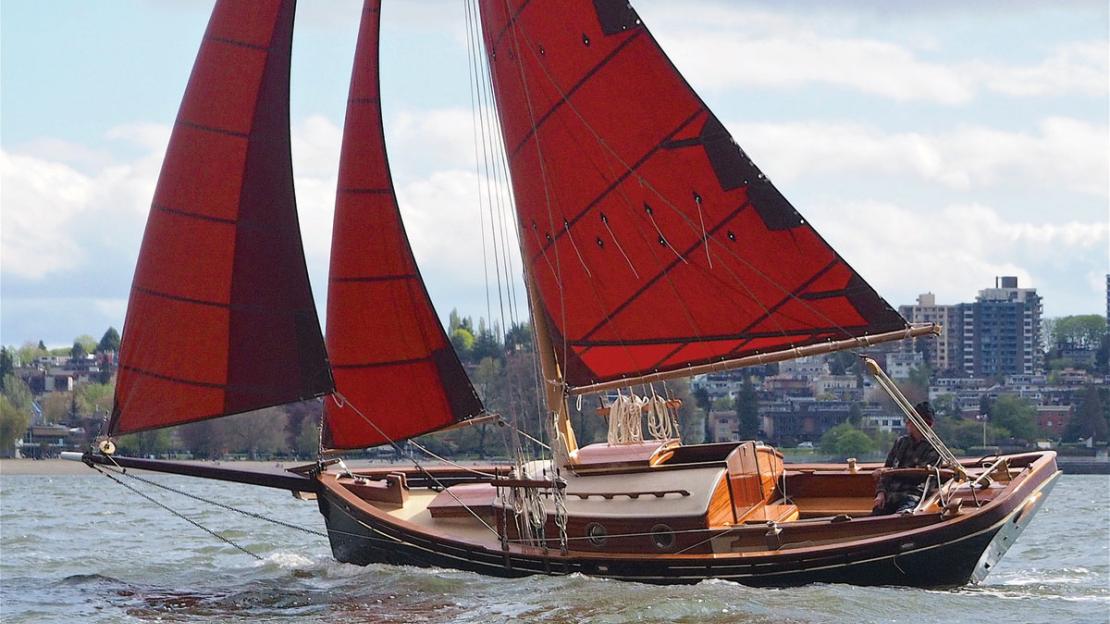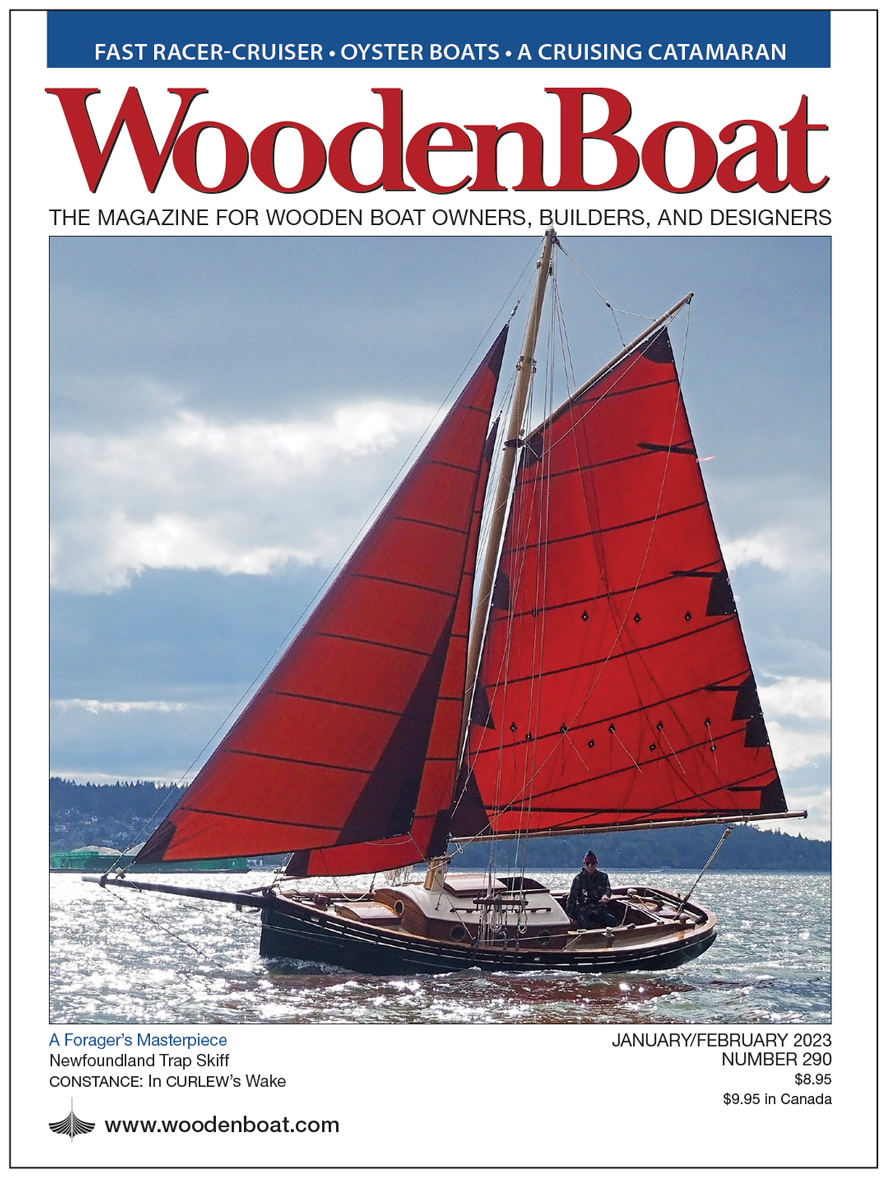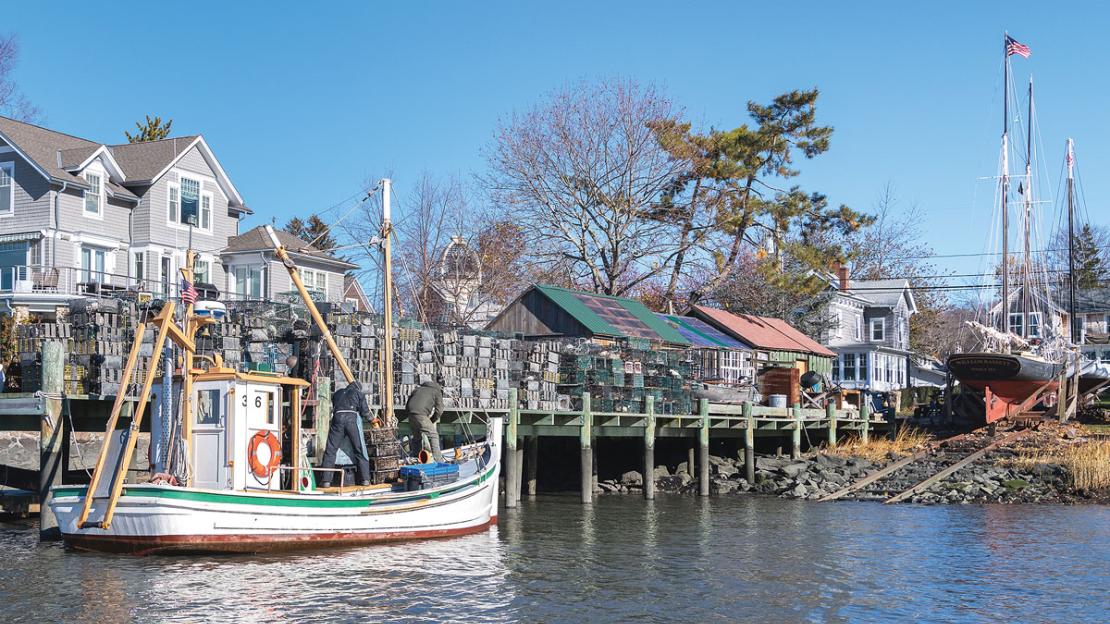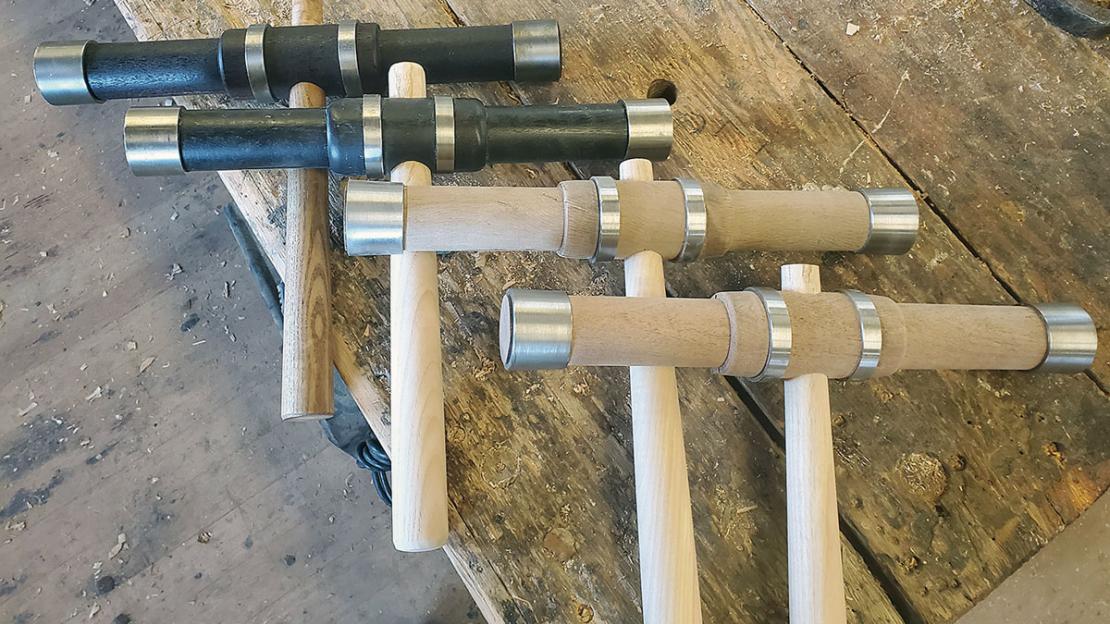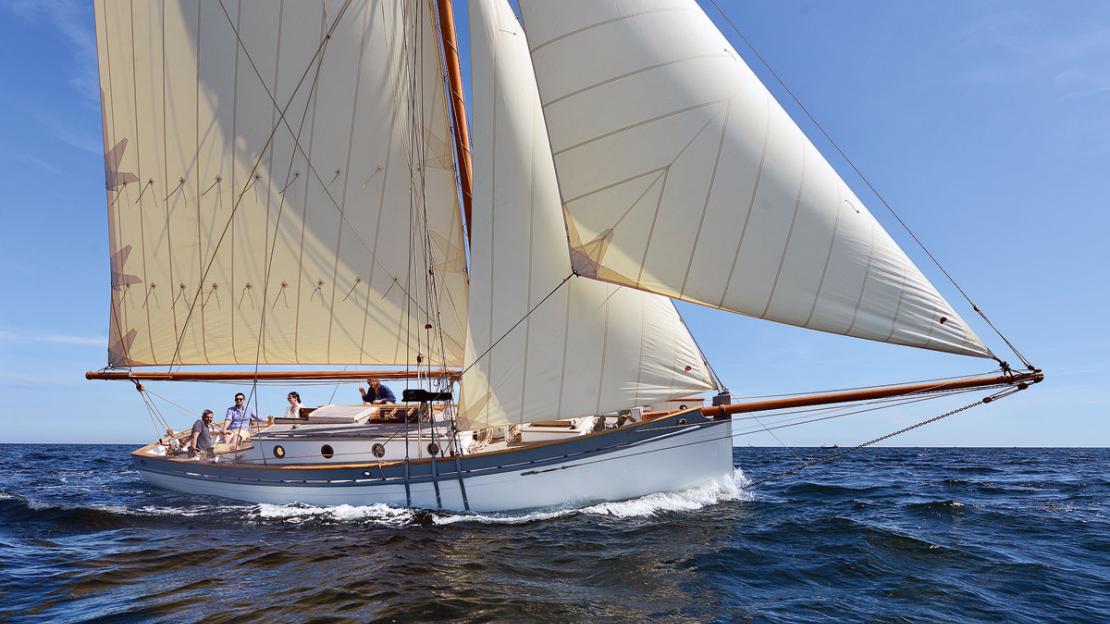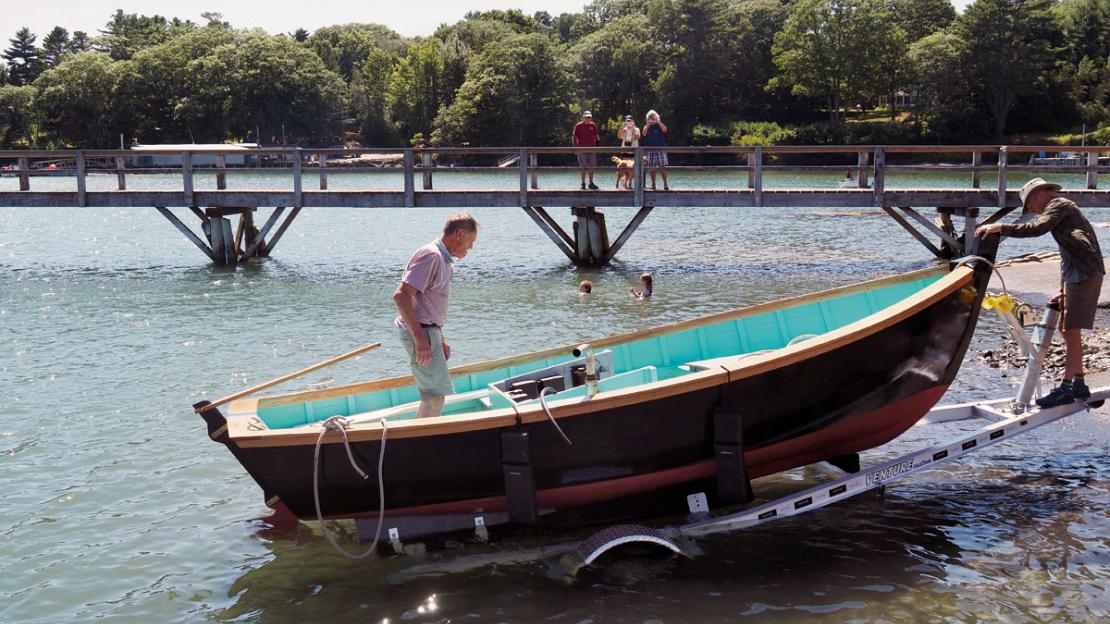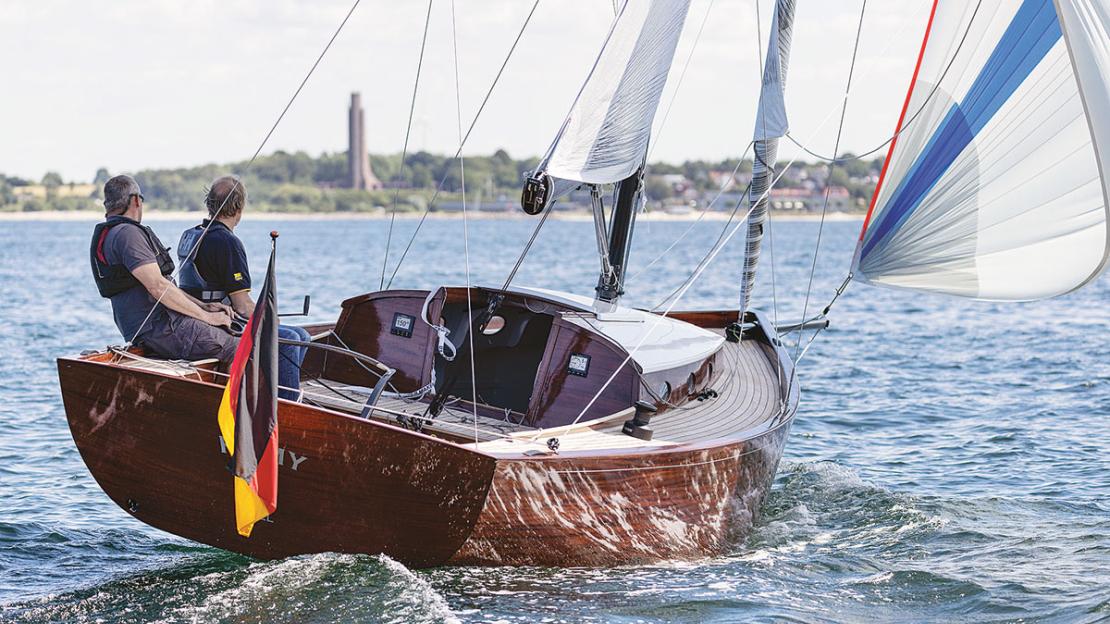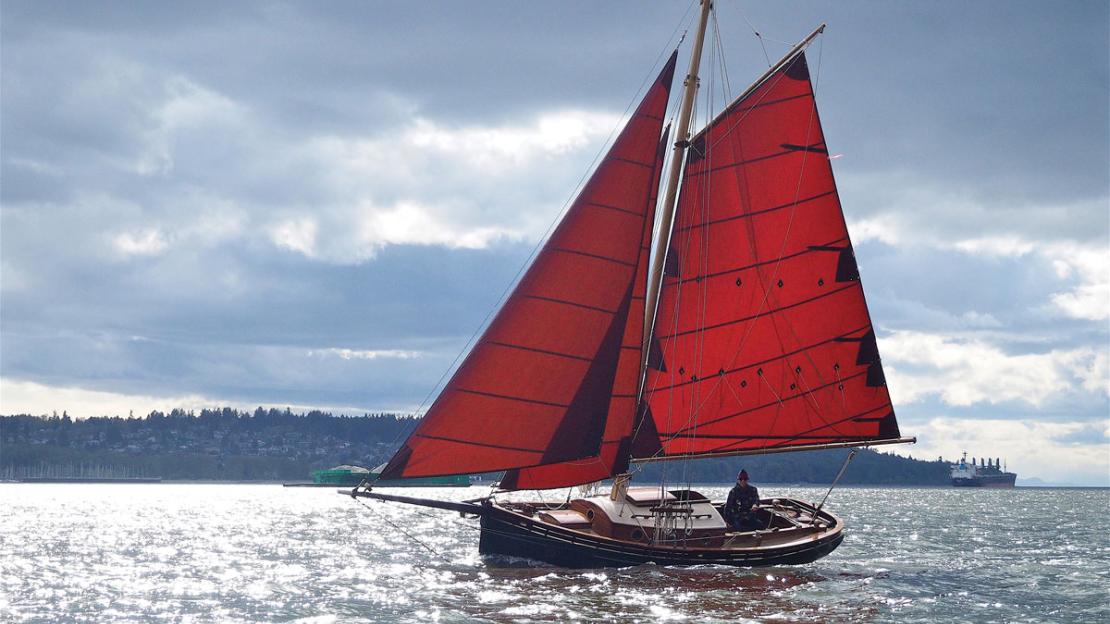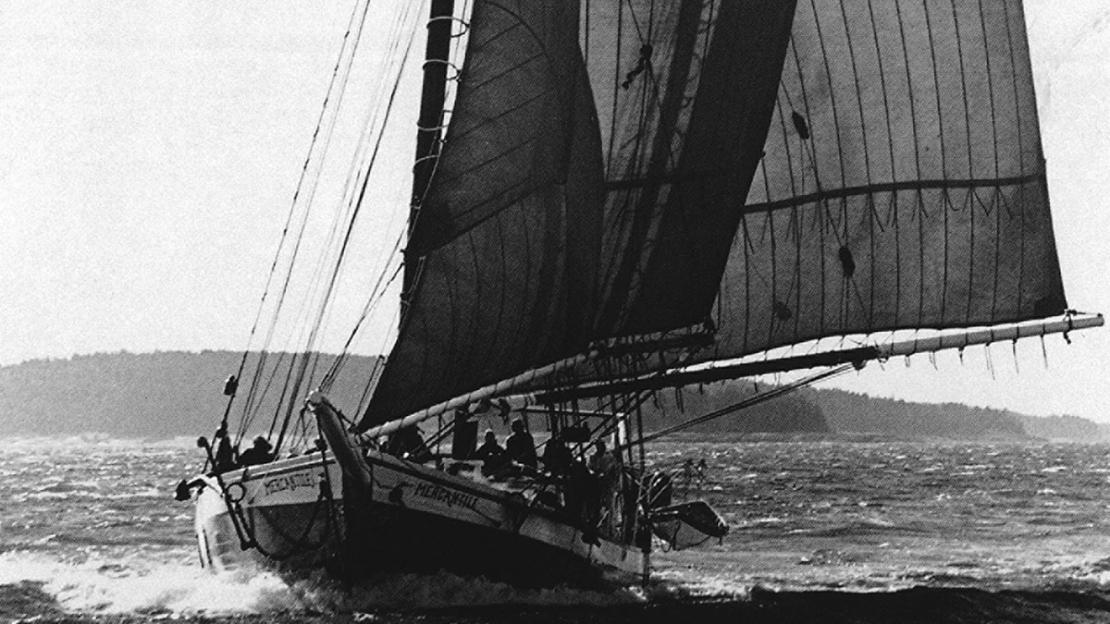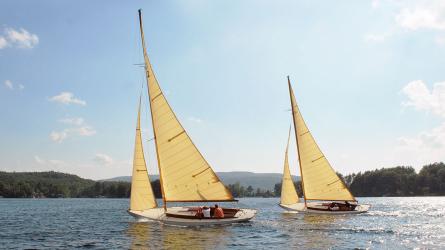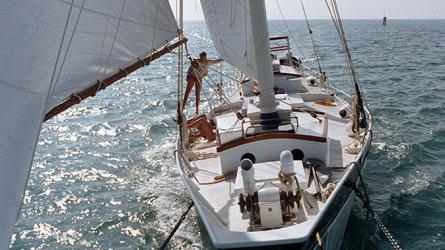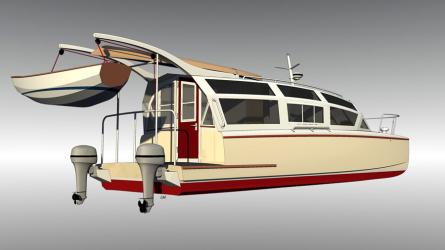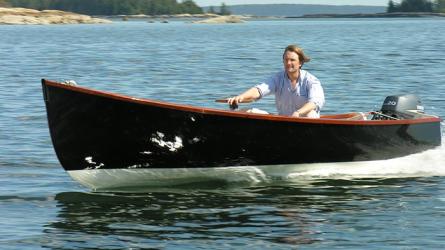A Forager’s Vision
“Old church pews, throwaway planks from a ruined pier, scrapped airplane and helicopter parts, metal screens and pipes, railings from a demolished stairway,” writes Larry Cheek in describing how Arnt Antzen “will cheerfully scoop them all up and stash them until an idea for some adaptive new life occurs to him.” In his article beginning on page 70, Larry describes the modifications Arnt made to the sloop ANJA, a sweet little gaff cutter he found for sale online in Vancouver, British Columbia. The 23-footer was set up as a daysailer, though was originally designed by Roger Long as a pocket cruiser. Arnt initially dismissed the boat as inappropriate for his cruising needs, then quickly realized, “I could build the cabin.”
But for an artist-craftsman of Arnt’s stripe, this did not mean a visit to the lumber dealer and chandlery. Instead, it meant visiting his trove of cast-off materials and sorting through secondhand bronze hardware to find just the right material. The result of such a project could have been an ill-considered conglomerate, but as you study the image on the cover of this issue, I think you’ll find that the boat’s cabin and other details look remarkably harmonious, and as if they’ve always been there. “Of a piece” is how our boat design editor, Mike O’Brien, once described such an effect to me. And ANJA is indeed of a piece. This is no small feat.
I recall several years ago reading about a building remodeled with recycled material, and what an air of resourcefulness and integrity the resulting space exuded. The building’s designer-builder was quick to point out, however, that there was no economy in building that way—at least if one is accounting for labor. It took an enormous amount of time sorting, considering, and then fitting the pieces into their new context. I also recall visiting aboard the 1885 sloop FREDA in Sausalito years ago, when Harold Sommer had her. Like Arnt, he had repurposed pieces of other vessels into the cabin. The effect was memorable and unique, and it has stuck with me for nearly 30 years.
Of course, having a good boat with which to start was critical to Arnt’s process. Roger Long is a designer of considerable talent. His portfolio ranges from small pocket cruisers inspired by traditional workboats to steel-hulled, no-nonsense commercial vessels. His drafting, as evidenced by the drawings on page 74, is impeccable.
He describes the inspiration for Arnt’s boat as a combination of English cutter and Friendship sloop. Both influences are apparent. “Forty-five years later, I still think it might be the best set of lines I ever drew,” Larry quotes him as saying.
Arnt’s materials come from some unusual sources. I won’t spoil the surprise here, but instead suggest you turn to the top of page 75 to get a sense of the boat. Then read the article to learn about the origins of the cockpit benches, deckbeams, and hawsepipe cap—to name just a few items. Arnt spent about $6,000 in materials for this conversion. That’s remarkably low. And judging from the images, he seems to be having a good time putting it all together. Who would want to spoil that fun by keeping track of those well spent hours?

Editor of WoodenBoat Magazine
